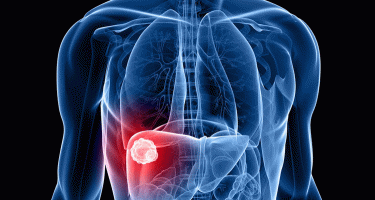
Background and objectives
Although many patients with hepatocellular carcinoma (HCC) achieved significant prognostic improvement through surgical treatment, rapid and aggressive intrahepatic dissemination within months after radical resection was occasionally encountered.
To date, there has been no dedicated literature addressing this phenomenon.
Methods
In this case-control study, we proposed the concept of early explosive recurrence (EER), which was defined as simultaneous development of no less than three recurrent lesions involving at least three different Couinaud’s segments within 6 months following radical resection.
A total of 325 patients (17 EER patients and 308 controls) were retrospectively reviewed.
Results
The incidence of EER of early HCC patients was 5.2%. EER was manifested as either multiple nodular (n = 11) or diffusely infiltrative type (n = 6). EER patients had significantly worse survival (hazards ratio, 48.7; 95% confidence interval: 19.9, 119.0).
At multivariate analysis, increased tumour number, enlarged tumour size, positive microvascular invasion (MVI) and Glypican-3 (GPC3) were significant risk factors for EER.
Tumour immune microenvironment (TIME) gene expression profile analysis showed that patients with EER presented higher transcriptional levels of CCL20, NT5E, and TDO2 as well as a lower transcriptional level of HLA-DQ1.
Gene set enrichment analysis revealed that gene sets involving Th1 and Th2 differentiation (p = 0.016) and Th17 cell differentiation (p = 0.049) were enriched in control group.
Conclusions
In conclusion, EER represents a unique form of early recurrence in HCC, characterised by distinct immune profiles, prognosis, and treatment responses.
This study describes the terminology and classification for this specific subgroup of HCC patients for the first time.
Given its notably poor prognosis, preventing EER is of paramount importance in the long-term management of HCC.
Through an in-depth exploration of the clinicopathological and TIME profiles of patients experiencing EER after radical resection, we have gained a more comprehensive understanding of this aggressive recurrence pattern in HCC.
The study was recently published in the Cancer Screening and Prevention.
Source: XIA & HE Publishing Inc.